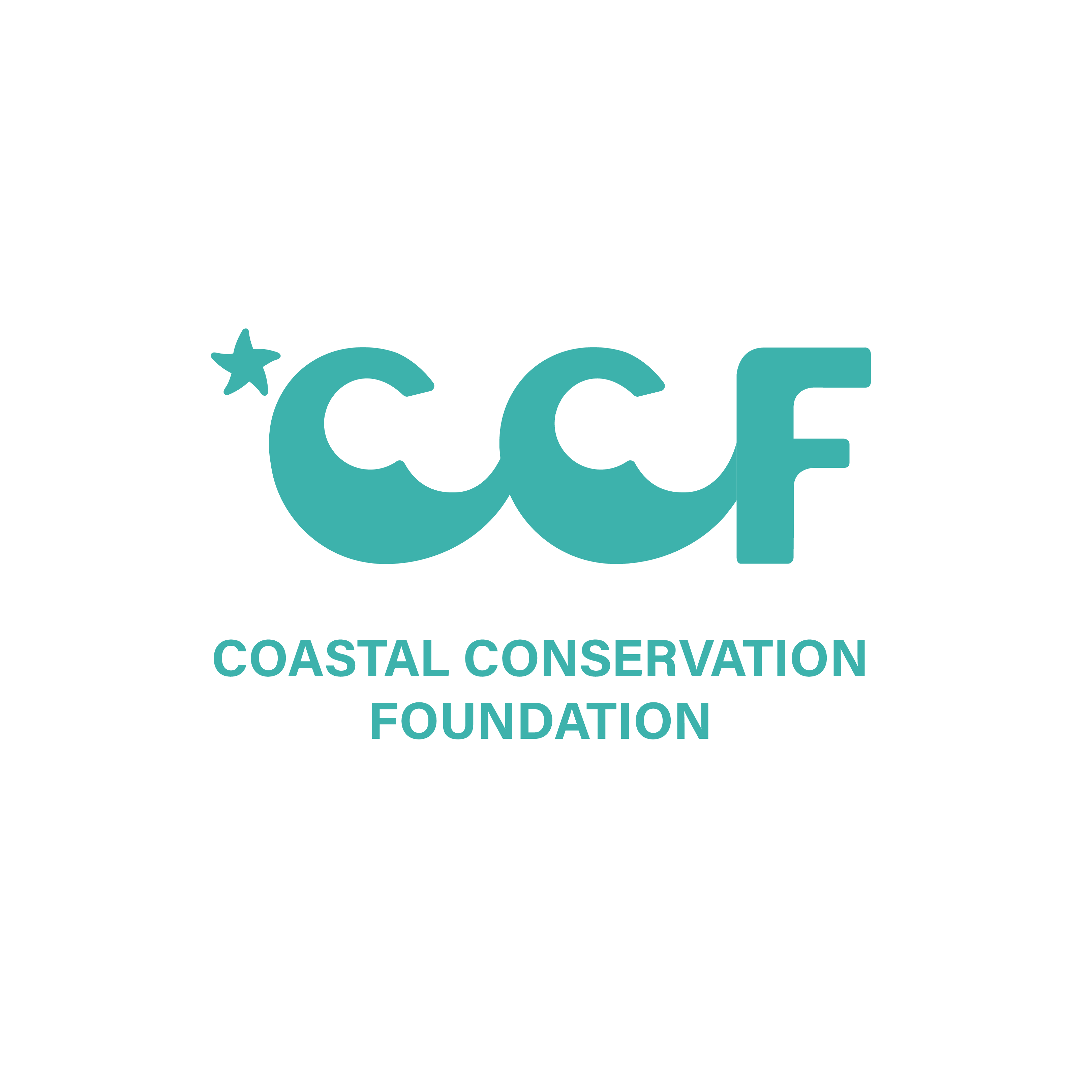
Mumbai’s coastline is a glorious 149-km home. And its shores are portals between the deep sea and human settlement. In the middle is this space that is visible only at low tide: the intertidal zone. A shared space that is revealed only as the water ebbs, with its inhabitants building a civilization until the tide rolls back in.



